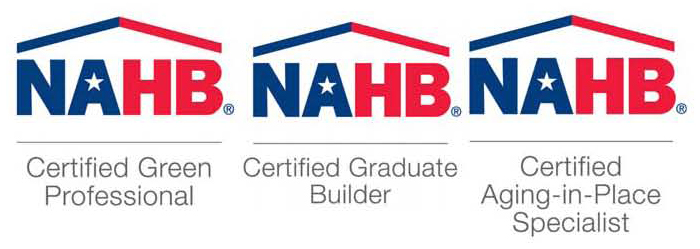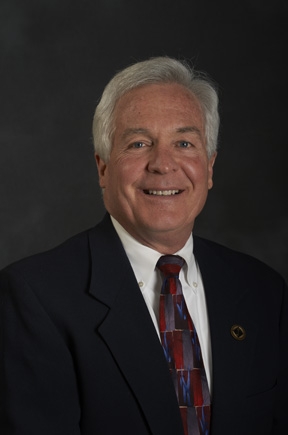EEM For Business
Green Mortgages for Small Businesses
Part Three: There are currently no direct commercial versions of Energy Efficient Mortgages.
However, there are alternatives that provide the basic benefits of Energy Efficient Loans for businesses.
In this section, we’re going to talk about:
- Small Business Administration Loans including the 7(a) loan and the SBA 504 loan
- State energy efficiency financing programs
- Commercial PACE loans
- Some things these programs can help you to accomplish:
- Retrofit facilities
- Purchase energy efficient equipment
- Utilize energy efficient construction
- Buy alternative fuel for vehicles
- Replace a transportation fleet with hybrid and improved-mileage vehicles
- Increase efficiency with a new HVAC, heat pumps, and insulation
- Install energy efficient power and light bulbs
- Utilize new sources of energy including wind, solar, and geothermal
- Install energy efficient doors, windows, and skylights
Part A: Small Business Administration Loans
The U.S. Small Business Administration is an independent agency of the federal government formed to help Americans start, build, and grow businesses. The SBA does not actually make loans, but it does guarantee them. A number of banks and other lending institutions offer these SBA guaranteed loan programs to help small businesses. Applicants must meet the lender’s criteria and requirements as well as those of the SBA.
The two standards that the SBA uses to define a "small business" are: 500 employees and $7 million dollars in average annual receipts for non-manufacturing industries. There are many exceptions, though, so be sure to check out the SBA website for more details to see if you qualify as a "small business."
504 Loan Program: This program is designed for small, brick and mortar businesses that need financing for fixed assets like real estate or equipment. It can also be applied to fixed asset projects like purchasing land and constructing new facilities or modernizing or renovating existing facilities.
There is a new version of the 504 Loan called the Green 504 which doubles the maximum amount that a business can get from $4 million to $2 million with a 10% down payment. To get this higher amount, the business must be purchasing, constructing, or retrofitting facilities with energy saving technologies that result in at least a 10% decrease in energy consumption. Also covered are projects to generate renewable energy like solar and wind.
7(a) Loan Program: This is SBA’s primary program to help start-up and small businesses to obtain financing when they might not be eligible for loans through normal lenders. Though it isn’t specifically earmarked for energy efficient projects like the Green 504, it can be used for green projects. These loans are for a maximum of $2 million
Part B: State energy efficiency financing programs
Most states offer low interest loans and other subsidies to help small businesses to become more energy efficient. To find out about what programs are available in your area, go to the NASEO website (National Association of State Energy Officials) and click on your state:
http://www.naseo.org/members/states/default.aspx
One example, to give you an idea of the benefits, is the Efficiency Maine program offered by the Finance Authority of Maine (FAME). This program provides small businesses with up to $35,000 at 1% interest to help with approved energy conservation measures with closing costs capped at $500.
Part C: Commercial PACE loans
Though PACE (Property Assessed Clean Energy Program) was essentially halted in the summer of 2010 due to the FHFA and Freddie Mac/ Fannie Mae, the idea is a good one. Started in Berkeley, CA in 2005, it’s a municipal financing system where property owners get loans for energy efficient upgrades to their property for things like solar panels, energy efficient windows, and insulation. The owner then pays off the loan through increased property taxes over a set number of years. If the owner sells or leaves the property, the new owner takes on the payments as he or she will now be enjoying the energy efficient benefits.
To get a PACE loan, the property must be located in a municipality that has adopted a PACE ordinance. The process for getting the loan is similar to an Energy Efficient Mortgage in that an inspection takes place by a certified rater who determines what procedures are approved for the property. The amount available depends on the area that the business is located in, but the largest PACE loan approved so far has been $6 million.
The program was put on hold by the Federal Housing Finance Agency in July, 201 because they felt that it was too risky. Still, states like California, Maine and Colorado are making serious strides to bring it back. Boulder County and Pitkin County have programs in place.
Conclusion:
While this guide is a great way to get an overview of programs that can benefit small businesses, we invite you to visit some of the links below to get a complete picture. As with the main guide, the actual loans include some complexities and subtleties not covered here.
The energy efficiency rating, HERS, is still critical to verifying the energy efficiency of the structure both as it exists and how it will perform after the improvements are made. Contact your local lender to determine what programs are in place in your area and how they may be able to help you through the process.
Skip Howes
CGP - Certified Green Professional
CGB - Certified Graduate Builder
CAPS - Certified Aging in Place Specialist
RRP - Certified Lead Paint Renovator
Scott Homes, Ltd., Designers & Builders
President


Schedule An Inspection
By Phone or Email we can schedule the services you desire to begin saving money on your utility bills!
Contact Us Online
Email us at info@ColoradoEnergyAnalysts.com
© Copyright 2013-2025 - Colorado Buys Local Inc | Designed for Colorado Energy Analysts
